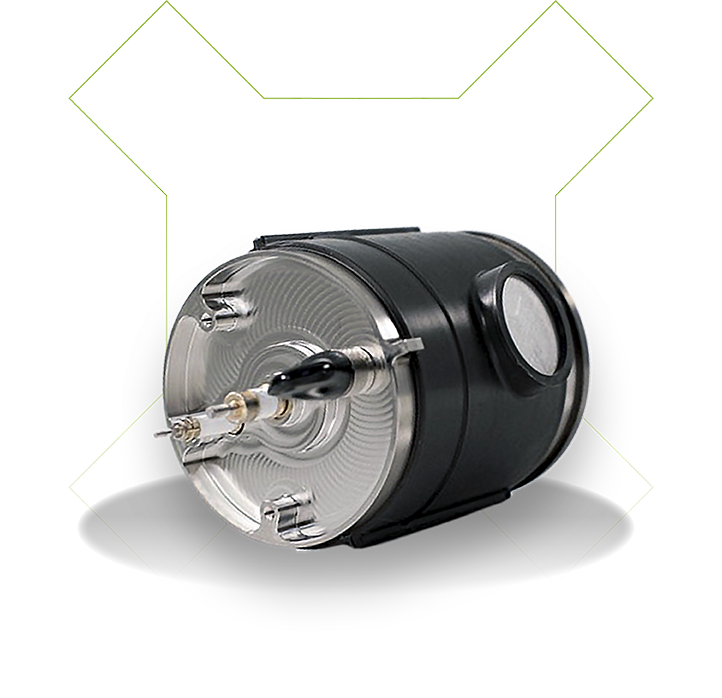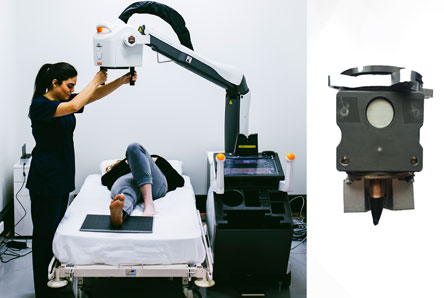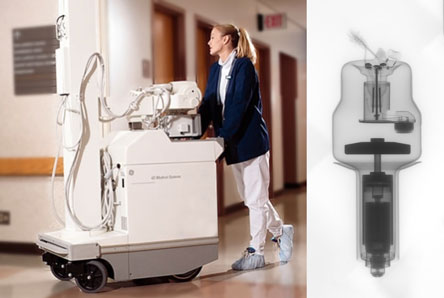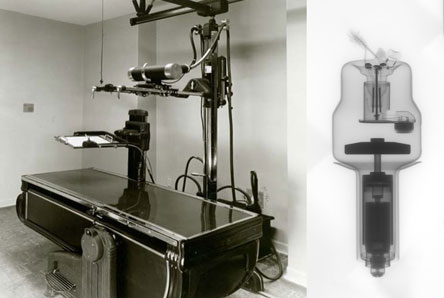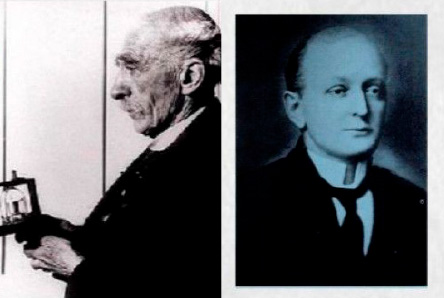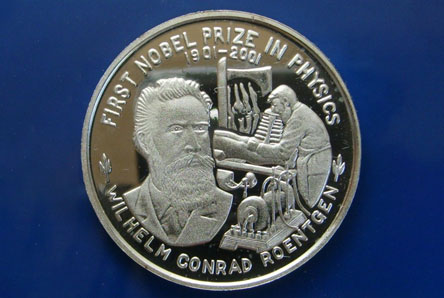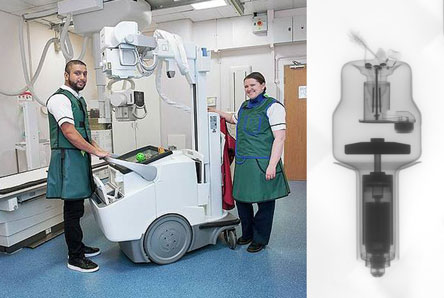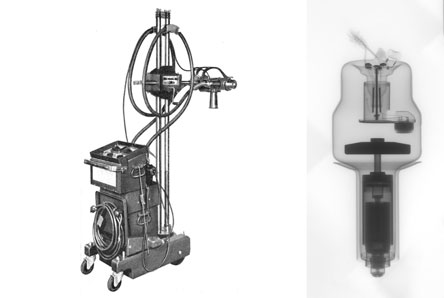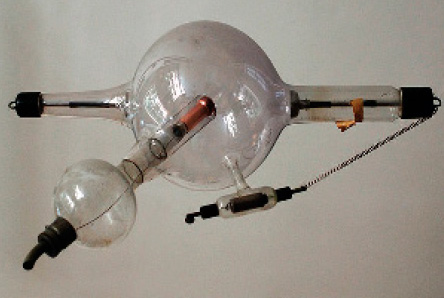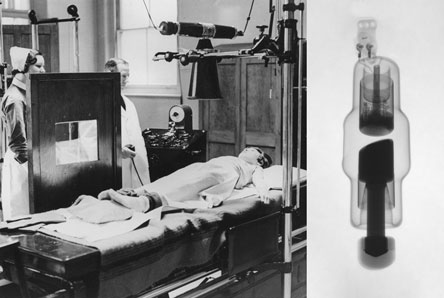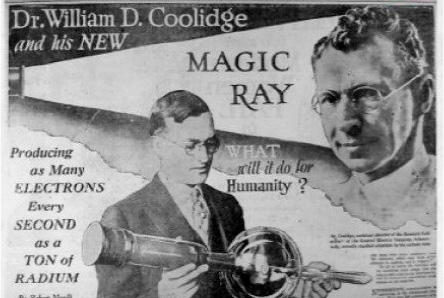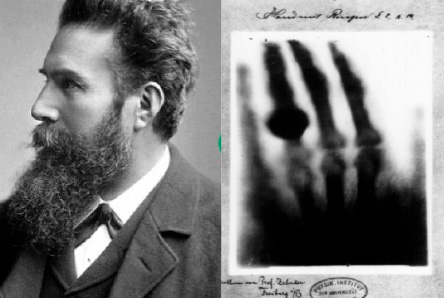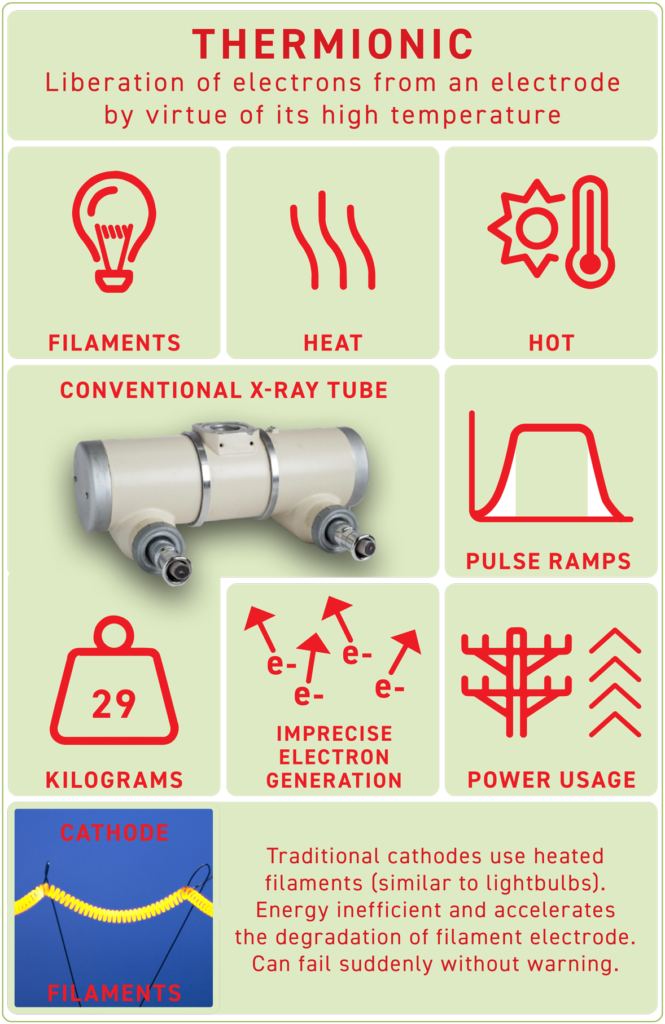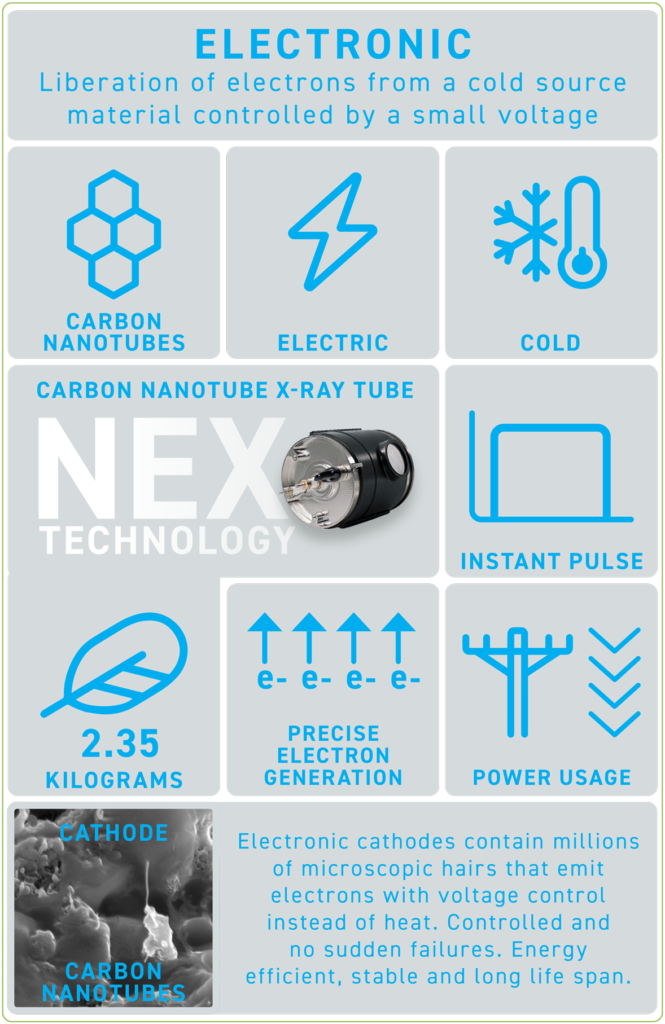X-ray Technology
A Story of Evolution
From it’s discovery in 1895 to the present, x-ray technology has helped advance the field of medicine and saved countless lives over the centuries. It’s evolution has not been a smooth one, during the early 1900’s it had to overcome and learn from the first test casualties due to radiation exposure.
Today, x-rays have been made safe and are now being used world-wide in all branches of medicine and science.

x-ray Discovery timeline
-
2020
ELECTRONIC
DIGITAL RADIOGRAPHY
NEX TECHNOLOGY uses less power, emits minimum heat with no need for oil cooling. Lighter, simpler & more reliable system with no glass, filaments or rotating anode. -
1980s
THERMIONIC
COMPUTED RADIOGRAPHY
The use of computers required no chemicals, had faster processing time, created digital images stored on hard drives. Can be corrected for over/under exposure & rotation. -
1933
THERMIONIC
ANALOGUE
Rotating anode tubes helped improve the speed and efficacy of X-rays, and their use was broadened. -
1917
THERMIONIC
ANALOGUE
WW1 – Marie Curie invents first “radiological car” with X-ray machine & darkroom for surgeons. -
1904
THERMIONIC
ANALOGUE
John Ambrose Fleming invents the vacuum tube. Clarence Dally dies due to exposure to radiation. -
1901
Wilhelm Conrad Roentgen, won the first Nobel Prize for Physics for discovering the x-ray in 1895.
-
2000s
THERMIONIC
DIGITAL RADIOGRAPHY
Instantaneous digital images display with higher resolutions. Lower doses of x-ray exposure. -
1940s & 50s
THERMIONIC
ANALOGUE
X-rays became increasingly useful in treatment and diagnosis of serious issues. More safety regulations and precautions were put in place. Mobile X-rays developed. -
1922
THERMIONIC
ANALOGUE
200,000-volt x-ray tube allowed radiographs of thick steel parts to be produced in a reasonable time. -
1903
THERMIONIC
ANALOGUE
William Coolidge invents the x-ray tube, which made possible the continuous emission of x-rays. -
1895
THERMINONIC
ANALOGUE
Wilhelm Roentgen’s first research into mysterious ‘x-rays’. Soon after he conducts the first x-ray on his wife’s hand.
where Micro-X Began
Peter’s Story of Discovery
In 2009, Peter was invited to evaluate new technology in Tsukuba, Japan. Here he witnessed a small x-ray box, the size of a small computer bag that was able to take an x-ray of his hand, a working miniature x-ray device.
Prf. Ken Thompson, Director of Radiology at the Alfred Hospital in Melbourne, Victoria confirmed that the devices that take mobile x-rays were 500 – 600kgs and not so “mobile”.
Prf. Thompson encouraged Peter to pursue this technology, as a lighter mobile system was only a dream for radiographers around the world. Taking a year of sabbatical, Peter applied for funding from the Victorian State Government scheme, Small Technologies Industry Uptake Program (STIUP), to pursue this idea. Peter was awarded funding to allow payment of engineers to work on an x-ray device prototype.
Peter had to teach engineers to think like radiographers to create an x-Ray unit that could be used in humans using this new carbon nanotube (CNT) technology. The teams successfully defined the specifications for the CNT tube, but the project from Japan was abandoned as the manufacturing of the new technology proved to be unstable.

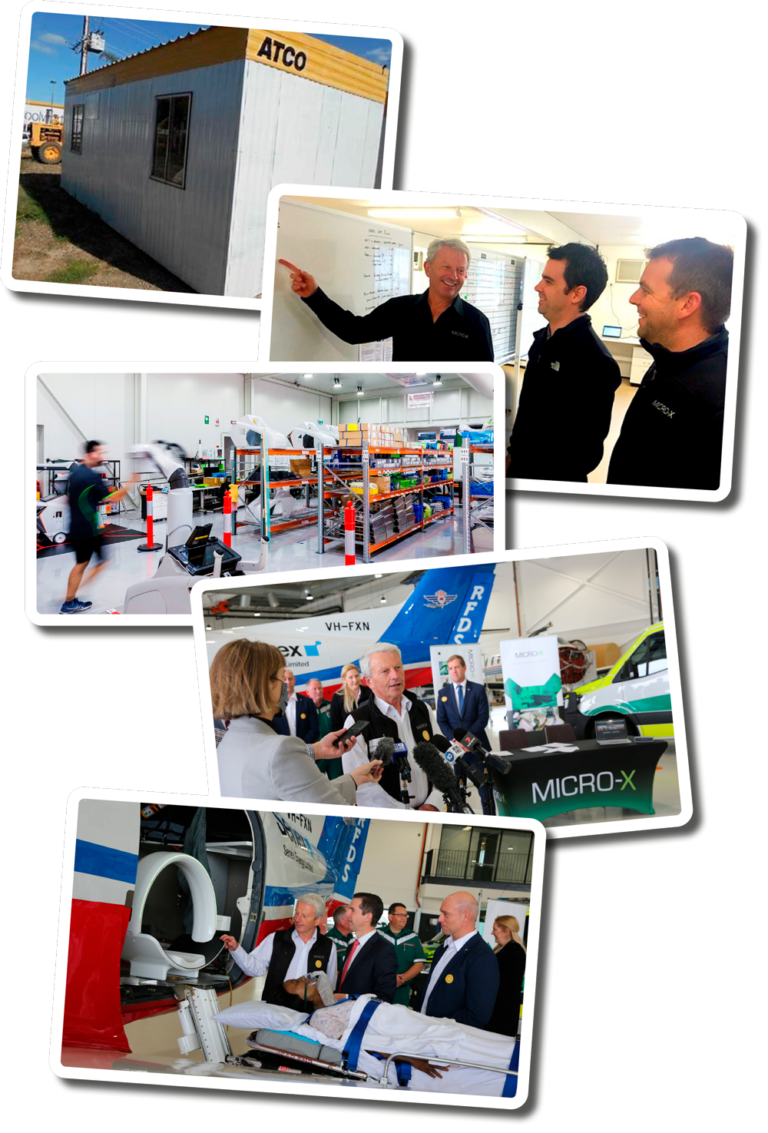

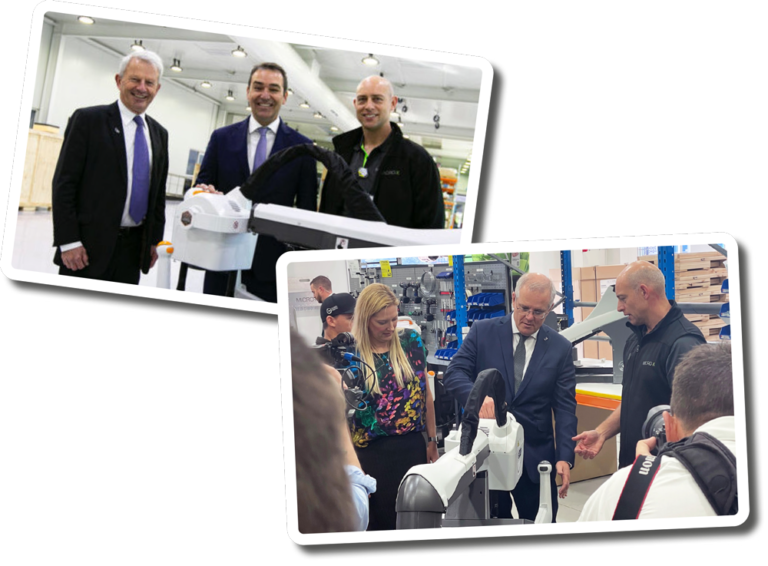
NEX Technology™
The next generation of Imaging
Micro-X has created proprietary Intellectual Property (IP) for the design and manufacture of electronic x-ray tubes, based on Carbon Nanotubes (CNT). We are calling this the Nano Electronic X-ray (NEX) Technology.
Micro-X is the first company in the world to introduce NEX Technology into medical imaging systems. NEX Technology is a simple, non-glass based x-ray tube, with no moving parts that generate minimal heat with no oil required for cooling. It uses carbon nanotubes to offer full medical imaging performance, in a smaller, lighter, and more reliable x-ray tube.
Micro-X’s patented technology is set to revolutionalize the potential of x-rays in a variety of industries and is currently being used as a development platform for all of our future products.
